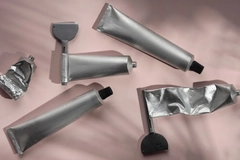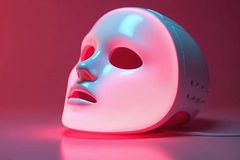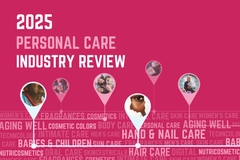US FDA updates tamper-proof packaging guidelines for high-risk cosmetics
Key takeaways
- The US FDA has reinforced existing rules on tamper-resistant packaging for specific cosmetic products.
- The requirements apply only to vaginal cosmetic products and liquid oral hygiene products sold at retail.
- The updated guidance signals stronger enforcement and clearer compliance expectations.

The US Food and Drug Administration (FDA) has reinforced existing requirements for the tamper-proof packaging of certain personal care products. The move aims to strengthen consumer safety by reducing the contamination risks associated with compromised cosmetic products.
The law for tamper-resistant packaging, as outlined under 21 CFR 700.25, has been in place for years. The FDA’s updated guidance now aligns cosmetic packaging expectations more closely with the long-standing requirements for drugs and oral products.
The rules apply to all vaginal products, such as intimate soaps, and liquid oral hygiene products, such as mouthwashes, sold in retail stores. These product categories are singled out because they have a higher risk of contamination and misuse due to being applied to sensitive areas.
Other categories, such as skin care, hair care, and makeup, are not subjected to these requirements.
The update aims to provide law enforcement, cosmetics and packaging companies, and importers with more clarity on the federal requirements. In this way, the FDA signals that it expects stronger and more consistent compliance across the cosmetics industry.
Pack provisions
The FDA considers cosmetics packaging tamper-resistant if it has a physical indicator or barrier that breaks or disappears when the product has been interfered with. It lists shrink seals, tape seals, sealed cartons, breakable caps, and blisters as acceptable examples.
The tamper-resistant feature must also have a distinct design or appearance, such as a unique logo or vignette, so that it cannot be replaced easily if it has been compromised. The tamper-proof seal must include a clear statement that informs consumers it is tamper-proof, and this statement must remain readable even if the seal is damaged or missing.
According to the updated guidance, the anti-tampering feature can be placed on the immediate container, the outer packaging, or on both.
.webp) The update helps inspectors, companies, and importers apply the same standards in a consistent way.The administration emphasizes that cosmetics and packaging manufacturers are responsible for reviewing the existing packaging of their products and making the necessary compliance changes. Retailers and importers are then responsible for ensuring the products they sell meet the same standards.
The update helps inspectors, companies, and importers apply the same standards in a consistent way.The administration emphasizes that cosmetics and packaging manufacturers are responsible for reviewing the existing packaging of their products and making the necessary compliance changes. Retailers and importers are then responsible for ensuring the products they sell meet the same standards.
The FDA can inspect facilities and packaging lines to verify compliance, and products found lacking may be classified as misbranded, which could warrant recalls or customs refusal.
Cosmetics safety
The FDA’s updated guidance is part of broader industry moves to improve cosmetic safety through authentication.
Personal Care Insights previously reported on the risks of counterfeit cosmetics, whereby informal mixers often import empty containers to refill with fake product. In this way, anti-tampering packaging — especially those with logo seals — can help consumers verify a product’s authenticity.
Meanwhile, a surge in cosmetic “dupes” also raises concerns about the safety of products posing as “the real thing,” especially if they are not properly subjected to safety testing.













